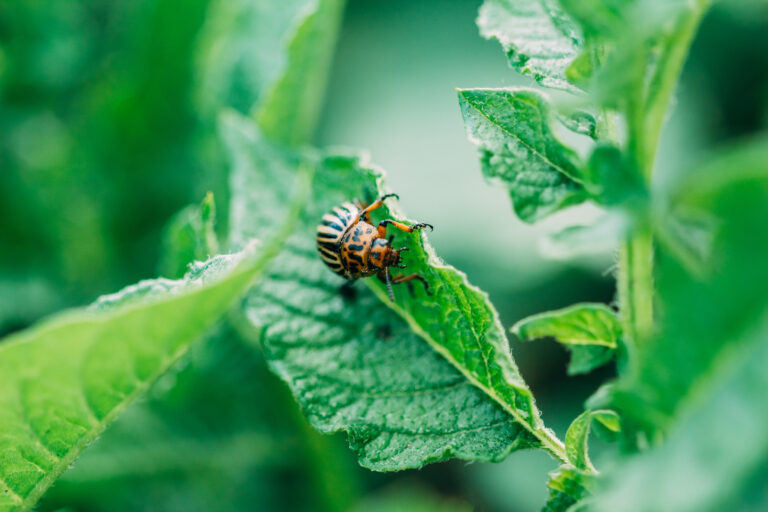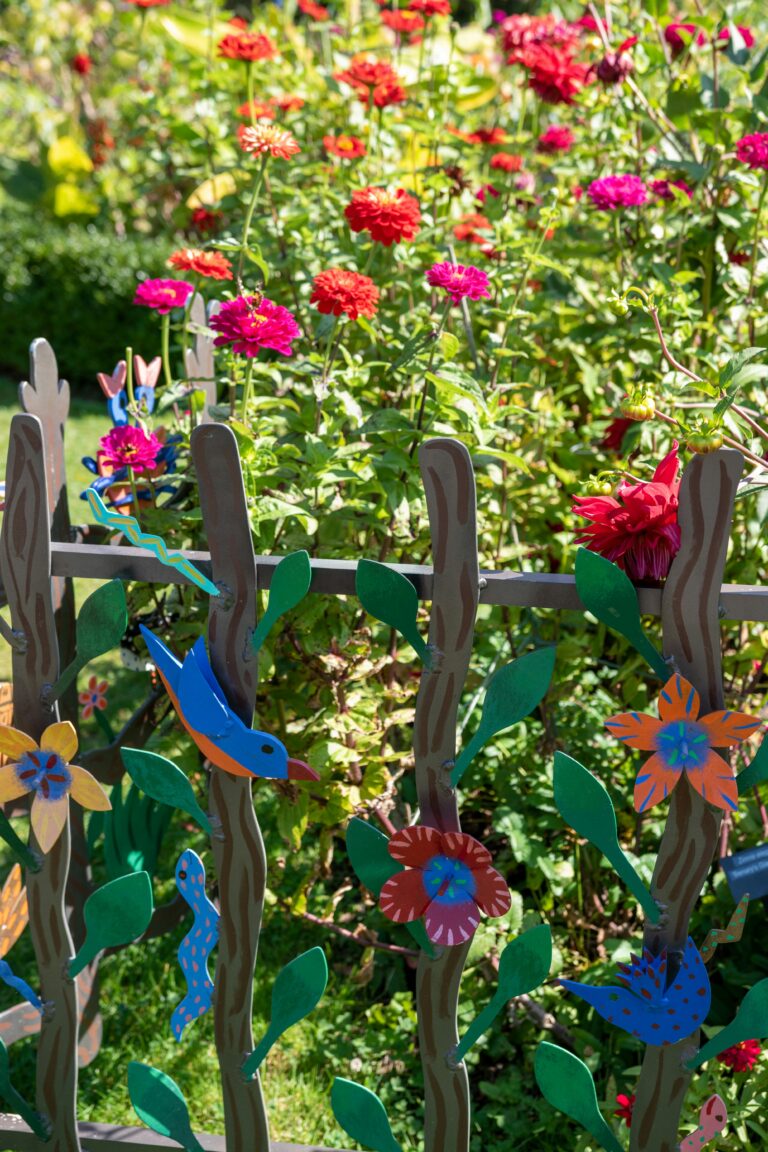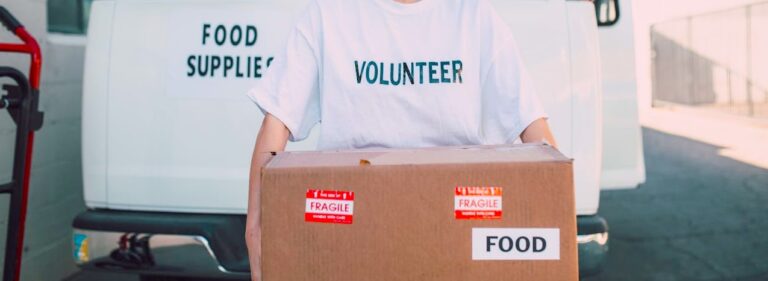A thriving garden is a source of joy and satisfaction, but it can quickly become a battleground against pesky insects. From aphids to ants, these tiny invaders can wreak havoc on your plants if left unchecked. Fortunately, there are effective and natural ways to keep these garden insects at bay. Whether you’re a seasoned gardener…
Uncategorized
Here’s How To Build A Garden Fence For Your Herbs and Vegetables
Creating a sturdy garden fence can protect your herbs and vegetables from pests while enhancing the aesthetic appeal of your garden. Here’s a step-by-step guide to building one yourself. 1. Plan Your Fence Design Before purchasing materials, determine the size and shape of your garden. Draw a blueprint to save time and ensure you buy…
The Ultimate Guide To Simple Home Upgrades
Home is where the heart is, and there’s always room for improvement when it comes to the spaces where we spend most of our time. From minor changes that make a big impact to more significant renovations that don’t break the bank, upgrading your home can be a fun and fulfilling endeavor. Whether you’re looking…
Effective Lawn Care Tips for a Healthy and Green Yard
Key Takeaways Regular lawn maintenance can keep your yard looking lush and green. Understanding the types of grass and soil in your yard is crucial for effective lawn care. Using proper mowing, watering, and fertilization techniques can significantly improve lawn health. Dealing with common lawn pests and weeds promptly prevents damage. Introduction: Why Lawn Care…
Can Playing Animal Crossing Inspire Real-Life Frugal Gardening?
Love being in your garden? Playing video games might not be the first activity that you think of when you’re looking for frugal gardening practices… but we reckon today’s article will change that! In recent years, gardening-themed video games have blossomed in popularity (yes, pun intended), and we’ve seen them capturing the attention of players…
Enhance Your Energy Experience with Straightforward Electricity Providers
Key Takeaways Choosing the right electricity provider can significantly enhance your energy experience. Look for providers that offer transparent pricing and excellent customer support. Energy efficiency programs and renewable energy options can save money and reduce environmental impact. Understanding your electricity bill and usage can help you manage your expenses better. Key considerations include…
Secrets of Successful Gardening: Mastering the Seven Key Elements
Gardening isn’t as difficult as it seems, but it isn’t that easy, either. Although it may seem like a long-term project, the garden will fail to thrive if you don’t start it properly. But what are the elements that can make or break your garden? Well, they’re a mix of a few organic components and…
Health Myths Busted: 12 Things You Thought Were Bad for You But Aren’t
In the age of instant information, distinguishing between fact and fiction can be challenging, especially when it comes to our health. Many beliefs we’ve held for years about what’s harmful to our well-being are now being debunked by scientific research. Here’s a look at 12 common health myths that may surprise you. 1. Eating Eggs…
10 Volunteer Opportunities That Every Retiree Should Try
Retirement is your golden ticket to new adventures without the old 9-to-5 ball and chain. Imagine swapping stories with a sea turtle or trading stock tips with a tomato plant in a community garden. But the most amazing part of all? Volunteering. Here’s a list of ten volunteer gigs that every retiree should try. 1….
15 Iconic American Diners to Relive the Good Old Days
Remember the good old days when jukeboxes played the hits and milkshakes were a diner staple? Well, today, we’re looking at America’s 15 most iconic diners. Yes, you could grab a bite at these places – but they were so much more than that. From coast to coast, these spots can help you relive the…




